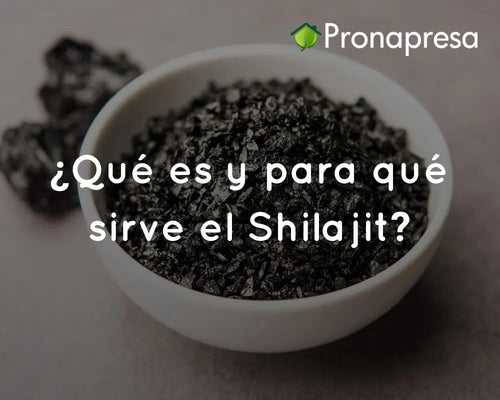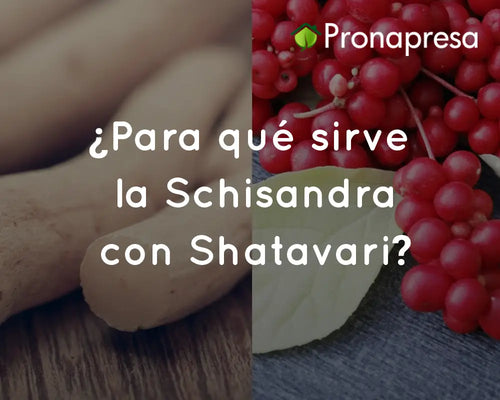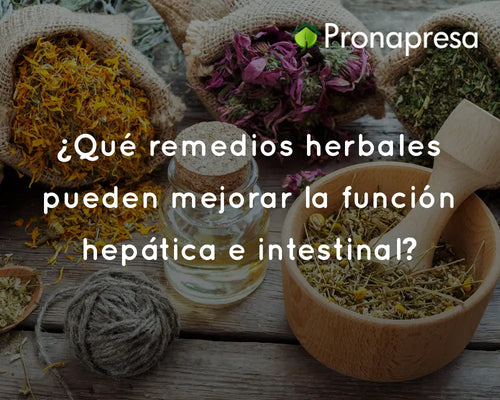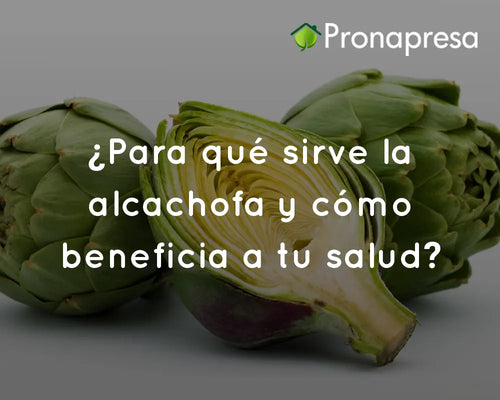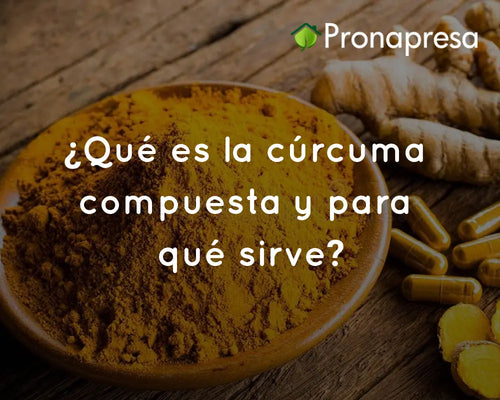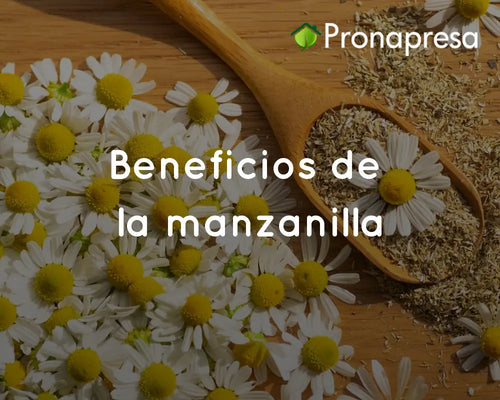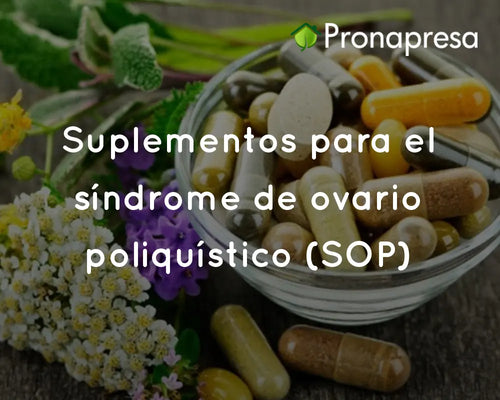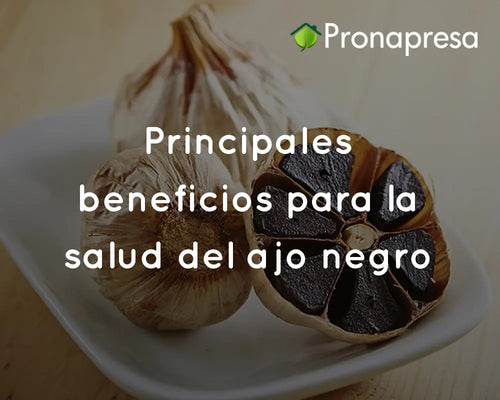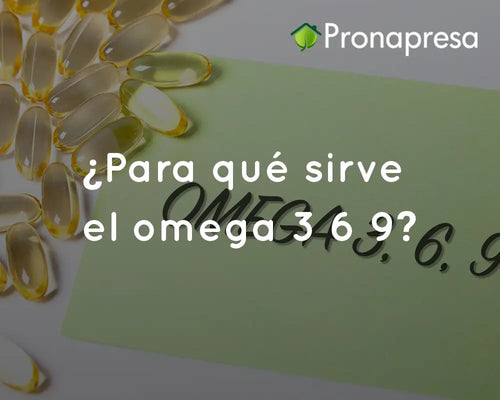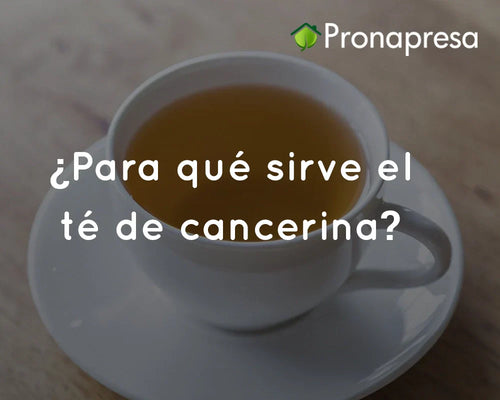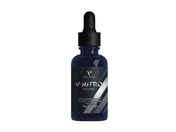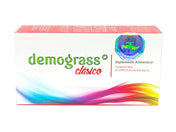
Cancerina: properties, uses and benefits
Traditional medicine has been an inexhaustible source of natural treatments and remedies since time immemorial. One of the plants that has gained notoriety in this field is cancerina . Scientifically known as Hippocratea excelsa , this plant has been used for centuries by various cultures, primarily in Latin America, for its medicinal properties. In this article, we will explore in depth what cancerina is used for, its properties, uses, and the health benefits it can bring.
What is cancerina?
Cancerina is a shrub belonging to the Celastraceae family. This plant is native to Mexico and Central America, although it is also found in parts of South America. It grows in warm, humid climates and is easily recognized by its glossy green leaves and small yellow or white flowers.
The most widely used parts of the cancerina are its roots and bark, which contain the highest concentration of active ingredients. Indigenous peoples and rural communities have used these parts of the plant to treat various conditions, based on traditional knowledge passed down from generation to generation.
[product=gastricool-premium]
With cancer, auxiliary for discomfort of gastritis, heartburn, heartburn, burning, nausea, colitis, etc.
[/product]
Medicinal properties of cancerin
Cancerin is known for its many medicinal properties, which have been studied and documented in several scientific studies. Among its most notable properties are:
-
Anti-inflammatory : Cancerin contains compounds that help reduce inflammation in the body. This is particularly useful in treating conditions such as arthritis, rheumatism, and other chronic inflammatory diseases.
-
Antioxidants : The antioxidants present in carbohydrate help neutralize free radicals in the body, thus protecting cells from oxidative damage. This can help prevent degenerative diseases and premature aging.
-
Antitumor : Several studies have shown that carcinogen has inhibitory effects on cancer cell growth. This is due to its bioactive compounds, which can induce apoptosis (programmed cell death) in tumor cells.
-
Antibacterial and Antifungal : Cancerin has antimicrobial properties that make it effective against certain bacteria and fungi. This can be beneficial for treating skin and other superficial infections.
-
Immune System Booster : Consuming cancerin can help strengthen the immune system, making it more resistant to infections and diseases.
Traditional uses of cancerin
Throughout history, cancerina has been used in various ways by indigenous and rural communities. Some of the most common traditional uses are described below:
-
Cancer Treatment : As its name suggests, cancerin has traditionally been used as a natural treatment for cancer. The active compounds in the plant are believed to help shrink tumors and fight cancer cells.
-
Pain Relief : Cancerin has been used as a natural pain reliever to relieve pain. This includes muscle pain, joint pain, and pain caused by injuries.
-
Treating Digestive Problems : It is used to treat various digestive conditions, such as gastritis, ulcers, and other gastrointestinal disorders. The plant's anti-inflammatory and antioxidant properties can help soothe the digestive system.
-
Wound Healing : Topical application of cancerin extract can help accelerate wound healing and prevent infections due to its antimicrobial properties.
-
Respiratory Problems : Cancerin infusion has been used to treat respiratory conditions such as asthma and bronchitis, helping to relieve inflammation and improve breathing.
Preparation and methods of use
Cancerin can be used in a variety of ways, depending on the purpose and the condition being treated. Some of the most common preparations are described below:
-
Tea or Infusion : Cancerina infusion is one of the most common ways to consume this plant. It's prepared by boiling the bark or roots in water for about 10-15 minutes. This infusion can be drunk several times a day to take advantage of its medicinal benefits.
-
Tincture : Cancerina tincture is made by soaking the plant parts in alcohol for several weeks. This preparation is more concentrated and is used in small doses to treat various conditions.
-
Powdered Extract : Cancerin powder extract can be added to foods or beverages. This form is convenient for those who prefer not to consume infusions or tinctures.
-
Poultice : For topical use, a poultice can be prepared with the ground bark or roots and applied directly to the skin to treat wounds, infections, or inflammation.
-
Capsules : In some natural product stores, cancerin is also available in capsule form, making it easy to take regularly and in a controlled manner.




